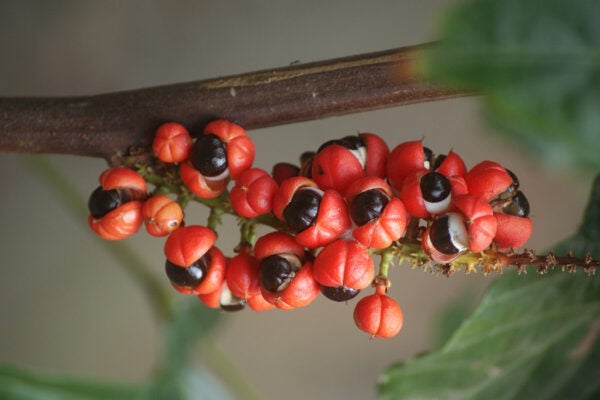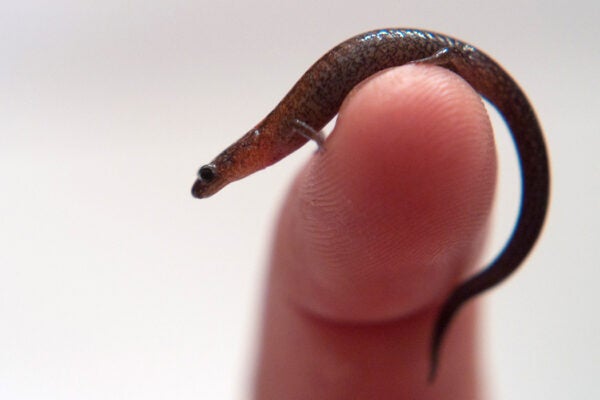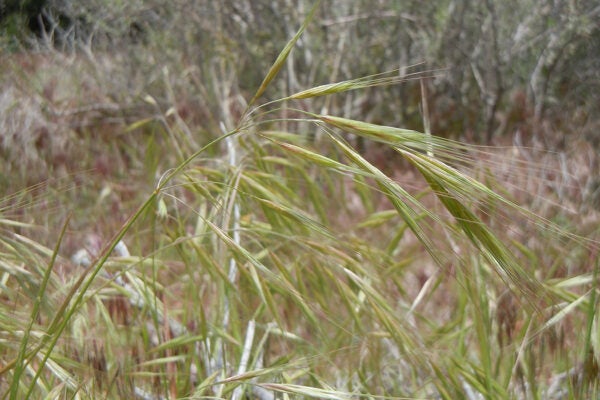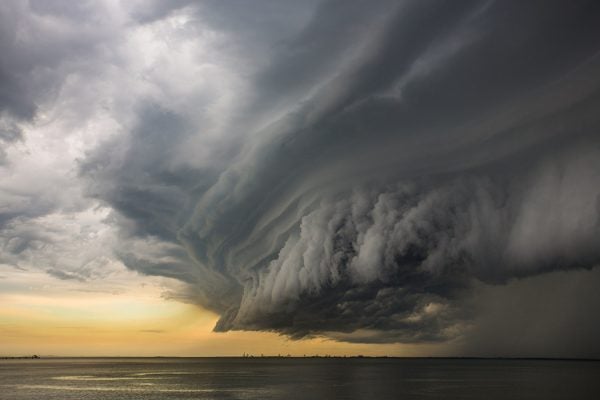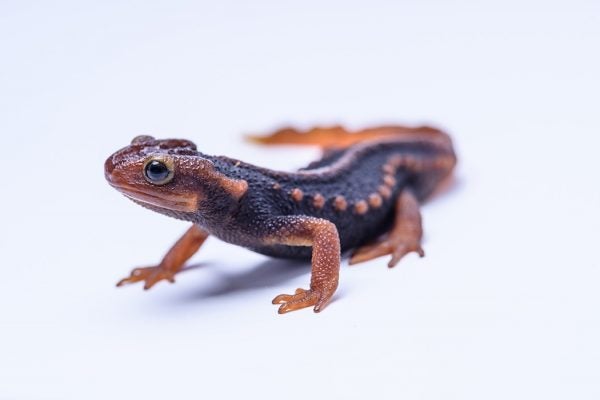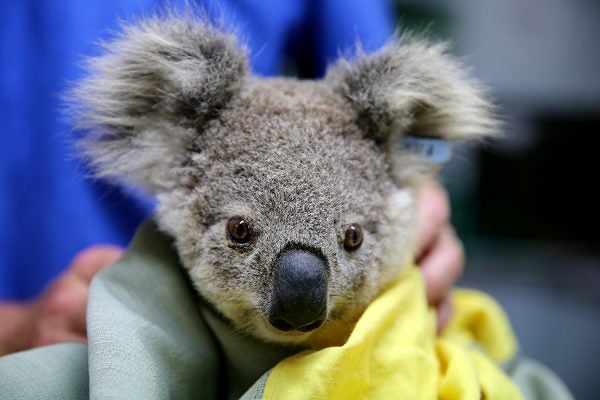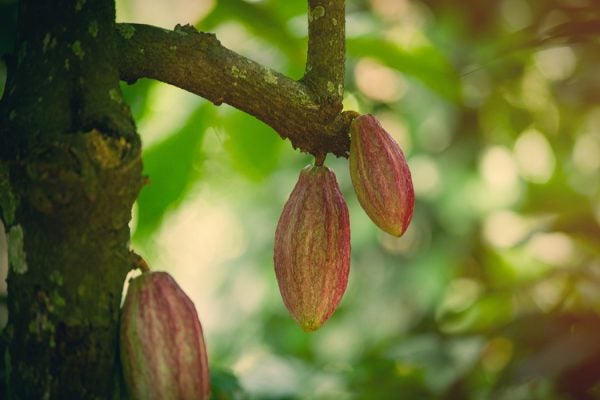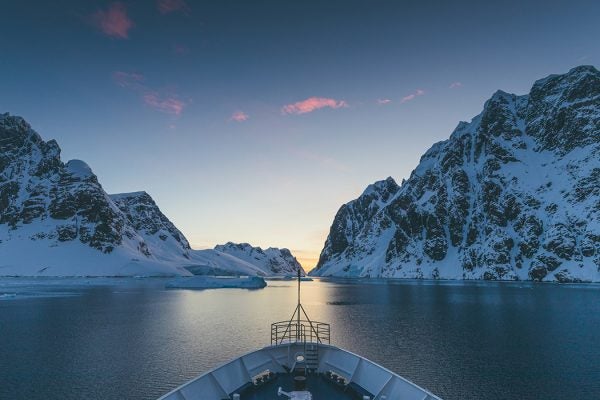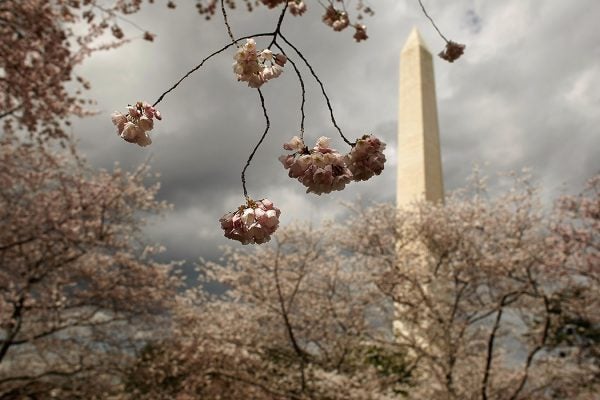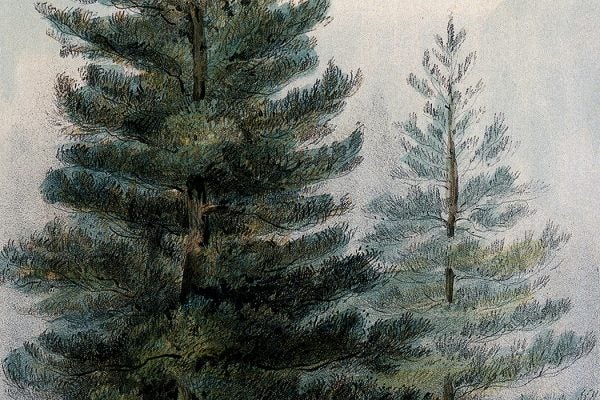Guaraná: Stimulation from the Amazon to the World
Long cherished by Indigenous peoples for its medicinal and stimulating properties, guaraná remains a key element of Brazilian identity.
The Next (Salamander) Epidemic
Everybody loves salamanders, especially the exotic pet industry. But importing these amphibians helps spread diseases like Bsal and Bd to native populations.
The Greening of the Great Basin
The growth of grass in a desert might not seem problematic, but the introduction of invasive species can disrupt plant, animal, and human inhabitants.
Ecosystems and Extreme Weather Events
Cyclones, droughts, and other severe climate events produce a variety of ecological responses, some of them irreversible.
The Quiet eDNA Revolution Transforming Conservation
The aquatic monitoring tool has powerful potential.
Ecological Surprises From Fires Down Under
The recent Australian 2019-2020 bushfires were devastating for people and fauna. Long term, they may not hurt wildlife and ecosystems as much as expected.
Will Chocolate Survive Climate Change? Actually, Maybe
The forecast has been bad for domesticated cacao. But some environments in Peru might hold the key to the future of the world's sweet tooth.
Antarctica Is Warming. Are Invasive Species on the Way?
Algae, crustaceans, and other types of organisms can hitchhike into new ecosystems under the hulls of ships.
Is Your Favorite Tree an Invasive Species?
Some superstar trees in the US are actually invasive to their ecosystems. Blossoming cherry trees, for example.
Good News for the Lodgepole Pine!
The long-lived species' survivor genes are dispersed from the Yukon to southern California, meaning that it has a good chance of weathering climate change.
